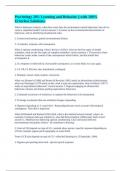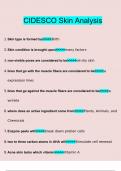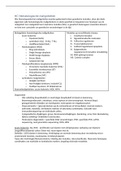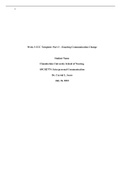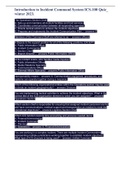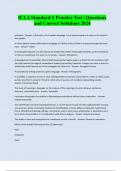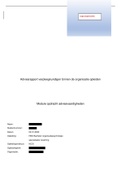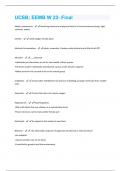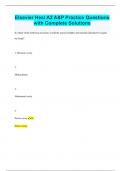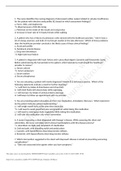Tentamen (uitwerkingen)
Psychology 203: Learning and Behavior || with 100% Errorless Solutions.
- Vak
- Instelling
What is behaviour analysis, what three ways does the environment control behaviour, how do we create a simplified model? correct answers 1. Focuses on the environmental determinants of behaviour, and on identifying fundamental rules. 2. Current environment, genetic/environmental history 3. A ...
[Meer zien]
